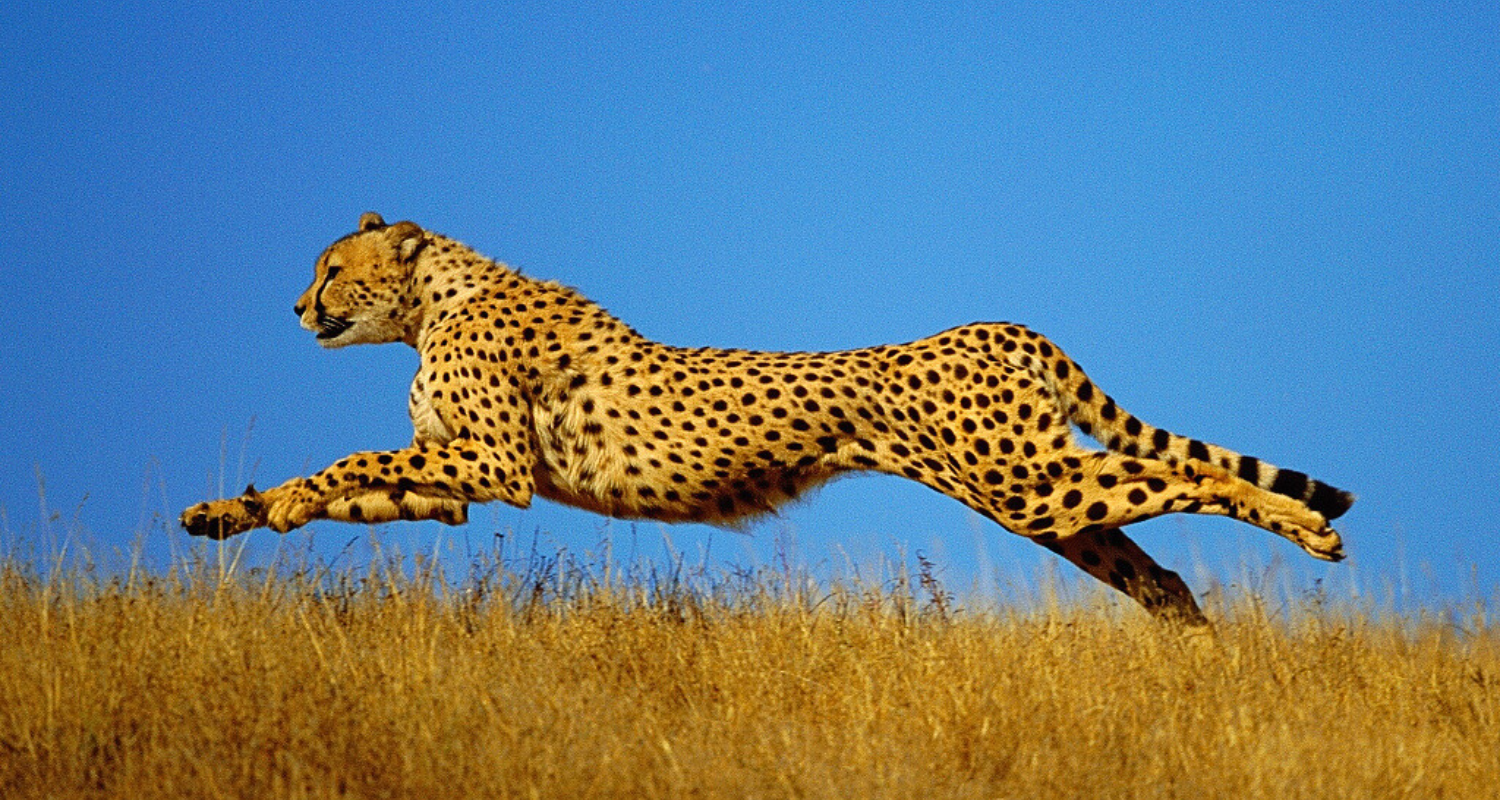India is planning an inter-state cheetah conservation complex in the Kuno-Gandhi Sagar landscapes, spanning Madhya Pradesh and Rajasthan, with a target of 25 years, as highlighted in the 2023-24 progress report of Project Cheetah.
Released by the National Tiger Conservation Authority (NTCA) on September 17, to mark two years of Project Cheetah, the report disclosed that a fresh group of cheetahs would be brought to the Gandhi Sagar Wildlife Sanctuary by year-end.
These animals are set to be gradually released into free-ranging conditions over the next five years.

Phased release of cheetahs
As per the "Action Plan for Introduction of Cheetah in Gandhi Sagar", the first phase will see the release of five to eight cheetahs in a 64-square kilometre fenced area, designed to be predator-proof, with a priority on breeding and population growth.
The report elaborated, "Both these landscapes, along the interstate border of Madhya Pradesh and Rajasthan, are adjacent to each other, and the combined landscapes together can constitute the Kuno-Gandhi Sagar cheetah landscape for metapopulation management of 60-70 cheetahs after restorative measures, prey availability, and scientific management are effectively in place, as an interstate cheetah conservation complex within the next 25 years under the umbrella of Project Cheetah."
This broader landscape incorporates districts such as Sheopur, Shivpuri, Gwalior, and others in Madhya Pradesh, along with Baran, Sawai Madhopur, and several other districts in Rajasthan.
The areas of Bhind and Datia in Madhya Pradesh, Dholpur in Rajasthan, and Lalitpur and Jhansi in Uttar Pradesh may also become part of the cheetah complex, depending on the movement patterns of the big cats.
Gandhi Sagar: Prepping for new arrivals
Efforts are already underway to prepare the 368-square kilometre Gandhi Sagar Wildlife Sanctuary for its new residents, while cheetahs in Kuno remain confined to enclosures as small as 0.5 to 1.5 square kilometres.
Cheetahs, as wide-ranging animals, typically need territories over 50 square kilometres in the wild, subject to the availability of prey.
The report mentioned, "During July-August 2023, all the free-ranging cheetahs were captured for treatment and housed in quarantine bomas due to health reasons and subsequently shifted to soft-release enclosures. Currently, all the cheetahs are in soft-release enclosures and will be released in a phased manner post-monsoon."
The cheetahs were brought back to their enclosures following the deaths of three of them – Tbilisi, a Namibian female, and two South African males, Tejas and Sooraj – from septicemia.
This bacterial infection was caused by wounds on their thick winter coats that became infested with maggots, leading to fatal blood infections.
Challenges and solutions
One of the major hurdles for the cheetah reintroduction programme was the unexpected growth of winter coats during India’s summer and monsoon seasons.
Officials explained that the cheetahs, expecting the African winter (June to September), developed thick coats, leading to complications such as maggot-infested wounds.
India is exploring the option of sourcing future cheetahs from countries like Somalia, Tanzania, and Sudan, to mitigate the biological rhythm complications seen in cheetahs from Southern Hemisphere countries like South Africa and Namibia.
Cheetah coexistence and monitoring
Despite these setbacks, the cheetahs have successfully coexisted with large carnivores in the Kuno National Park.
The report stated that forest staff, veterinarians, and researchers are closely monitoring the animals, tracking their health, movements, and predatory habits.
The NTCA report concluded, "They are continuously monitored by teams of forest staff, veterinarians, and researchers for their wellbeing and to understand their ecology such as predation, movement and habitat use. Management interventions were made as and when the situation demanded."
The phased release and comprehensive monitoring are seen as crucial to the long-term success of Project Cheetah, as India continues its ambitious plan to restore the species to its former habitats.


